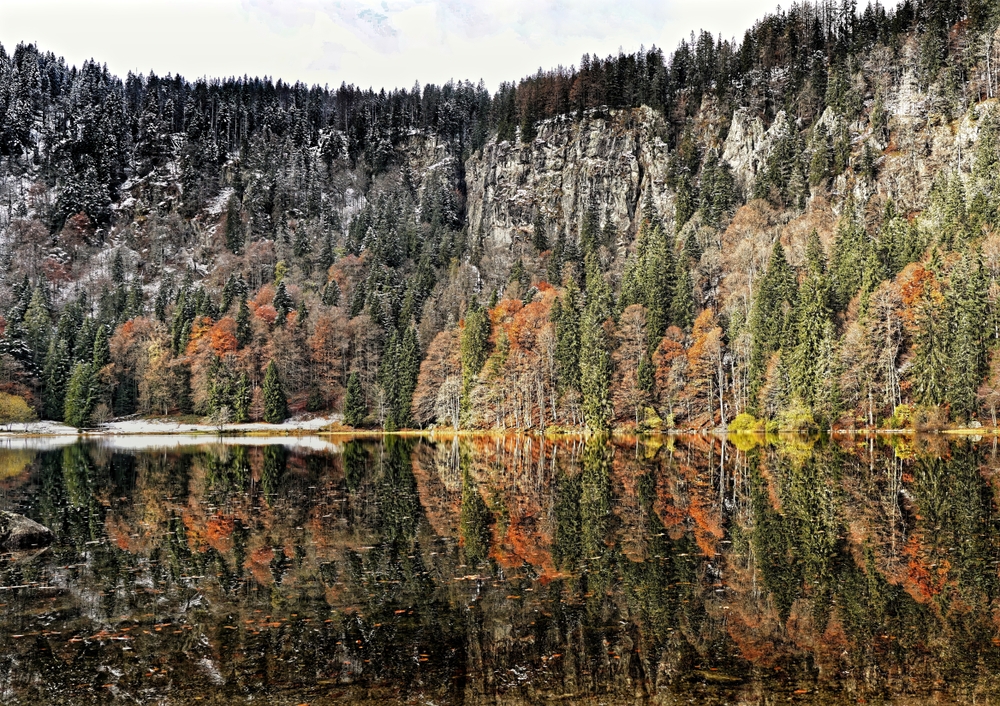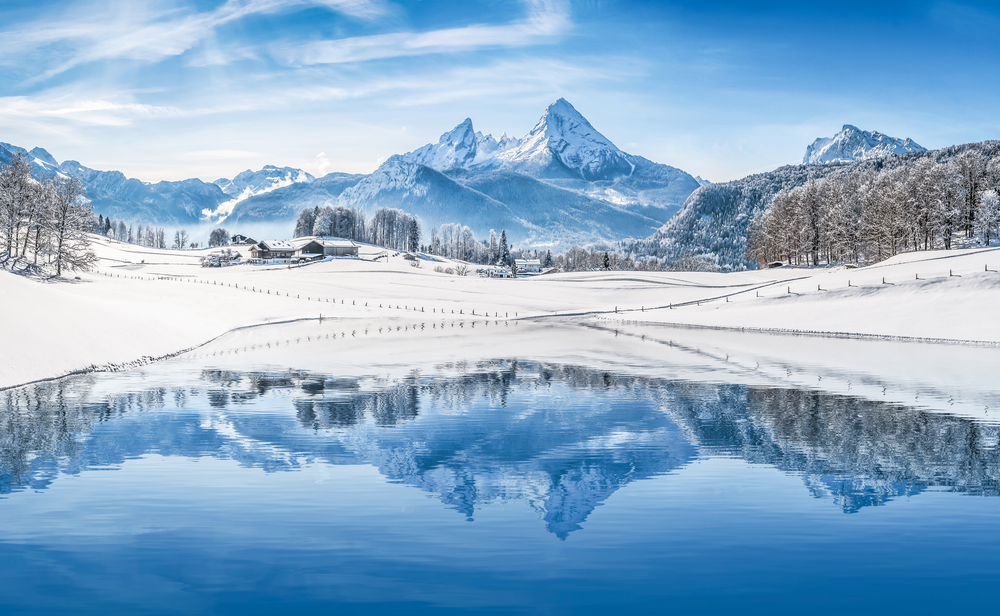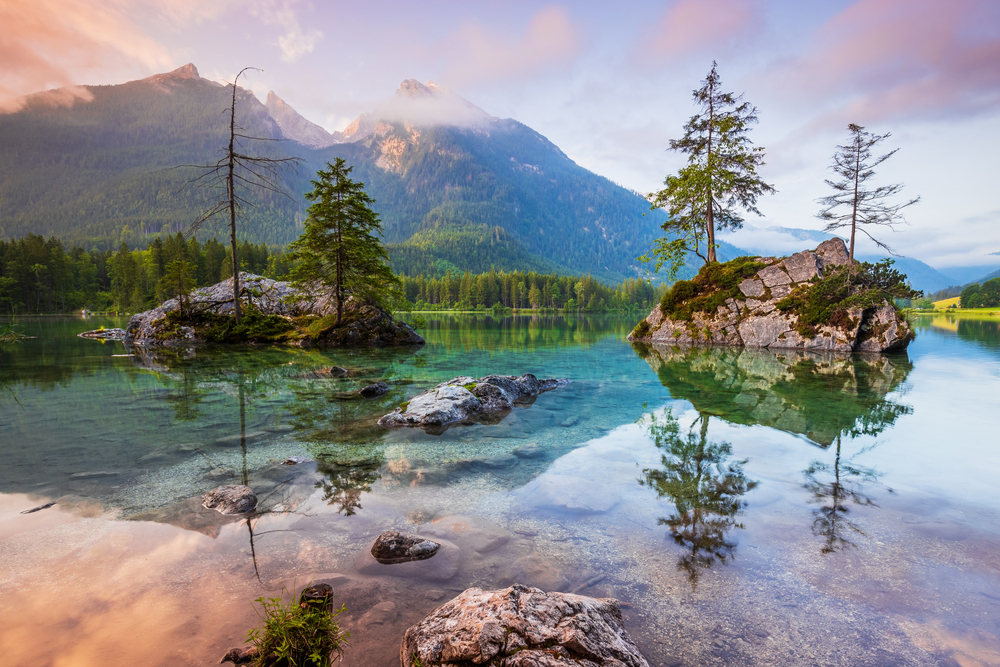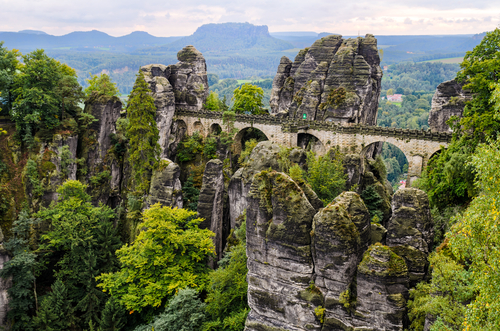Black Forest Overview
Black Forest National Park, or Nationalpark Schwarzwald in German, is located in the southwestern part of Germany in the state of Baden-Württemberg.
Covering an area of approximately 99 square miles (256 square kilometers), it is Germany’s first national park in the state and is renowned for its dense forests, deep valleys, rolling hills, and rich biodiversity.
The park is part of the larger Black Forest region, which has long been associated with folklore, picturesque villages, and a landscape that inspired countless legends. The park stretches between Baden-Baden and Freudenstadt, offering visitors a glimpse into an unspoiled and largely untouched natural environment.
The park’s terrain is characterized by thick coniferous forests dominated by towering fir and spruce trees, interspersed with open meadows and rugged sandstone formations. One of the most prominent geographical features of the park is the Ruhestein Pass, which provides breathtaking views of the surrounding landscape.
The park is also home to glacial cirques and deep gorges such as the wild and dramatic Allerheiligen Waterfalls. The region’s climate, shaped by its elevation, brings about misty mornings and seasonal transformations that make the Black Forest an enchanting destination year-round.
In autumn, the trees turn golden and red, offering a spectacular visual display, while in winter, snow blankets the higher elevations, creating a serene and magical atmosphere.
Wildlife thrives in Black Forest National Park, with several iconic species calling this protected area home. The elusive European wildcat, red deer, and roe deer are among the key mammal species that roam the dense forests. The park also provides shelter to smaller mammals such as martens, foxes, and badgers.
Birdwatchers can delight in spotting species like the black woodpecker, hazel grouse, and Eurasian pygmy owl. The park is particularly important for capercaillies, a rare and threatened species of woodland grouse. Numerous insects, amphibians, and reptiles contribute to the park’s rich ecosystem, making it an essential area for conservation and scientific study.
Visitors to Black Forest National Park are drawn to its untouched beauty and numerous recreational opportunities. The park is renowned for its extensive network of hiking trails, ranging from leisurely walks through tranquil forests to more challenging routes that lead to panoramic viewpoints.
The Lothar Path, an educational trail named after the devastating 1999 storm that reshaped parts of the forest, offers an insightful look at how nature recovers from natural disturbances. Cycling enthusiasts can explore designated bike trails, while winter sports lovers can enjoy cross-country skiing when the park is covered in snow. Additionally, guided tours provide in-depth knowledge of the park’s flora, fauna, and ecological significance.
One of the park’s primary conservation challenges is balancing tourism with environmental protection. Given its popularity, managing visitor impact while preserving the park’s ecosystems is an ongoing effort. Conservation initiatives focus on rewilding areas affected by past human activities, such as timber harvesting, allowing the forest to regenerate naturally.
The park’s management emphasizes education and sustainable tourism, encouraging visitors to respect nature through well-marked trails and designated conservation areas. Successful efforts have led to the gradual return of species such as the lynx, which was once extinct in the region. Through careful stewardship, Black Forest National Park continues to serve as a vital sanctuary for biodiversity while offering a space for people to connect with nature.













































































